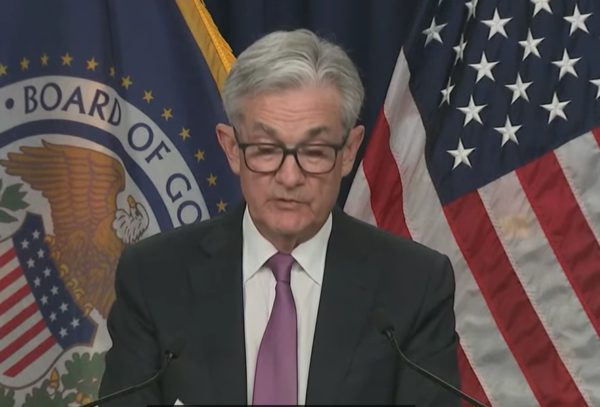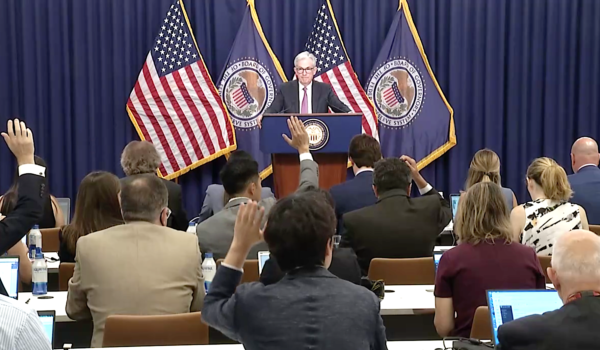The Federal Reserve on July 27 raised interest rates by 0.75%, the second consecutive increase of that caliber. The move was generally expected as the Federal Reserve continues its efforts to fight inflation.
In a statement, the Fed said, “Recent indicators of spending and production have softened. Nonetheless, job gains have been robust in recent months, and the unemployment rate has remained low. Inflation remains elevated, reflecting supply and demand imbalances related to the pandemic, higher food and energy prices, and broader price pressures.”

The Federal Reserve also cited Russia’s war against Ukraine for causing tremendous human and economic hardship as well as creating additional upward pressure on inflation.
The Federal Reserve said that it is looking to get inflation down to 2%, while the annualized inflation rate has been just over 9%.
“The Committee is strongly committed to returning inflation to its 2 percent objective,” the Federal Reserve said.
At a 2:30 p.m., news conference after the rate increase was announced Fed Chairman Jerome Powell indicated that there will be additional rate increases this year, but they probably would not be in the 0.75% range. He predicted “below trend” economic growth for the future.
“Over the coming months, we will be looking for compelling evidence that inflation is coming down consistent with inflation returning to 2%,” Powell said. “We anticipate that ongoing increases for the Federal Funds rate will be appropriate.”

Powell said that it is likely that the full effect of the two recent 0.75% rate hikes have not yet been felt by the economy and that the Fed believes another unusually large rate increase could be appropriate for September but that the Fed is taking a “meeting by meeting” approach now. He said there is more uncertainty than usual right now regarding where the economy may be headed.
“The committee sees further rate increases in 2023,” Powell said. “We think it’s necessary to have a growth slowdown. Price stability is the bedrock of the economy.”
Powell said he does not think the U.S. currently is in a recession and there is evidence of that because of the way the economy is performing. He said there is a very strong labor market and that in itself argues against the economy being in a recession.
“Over coming months, we will be looking for compelling evidence that inflation is moving down, consistent with inflation returning to 2%,” Powell said. “We anticipate that ongoing increases in the target range for the federal funds rate will be appropriate; the pace of those increases will continue to depend on the incoming data and the evolving outlook for the economy. Today”™s increase in the target range is the second 75 basis point increase in as many meetings. While another unusually large increase could be appropriate at our next meeting, that is a decision that will depend on the data we get between now and then.”






















